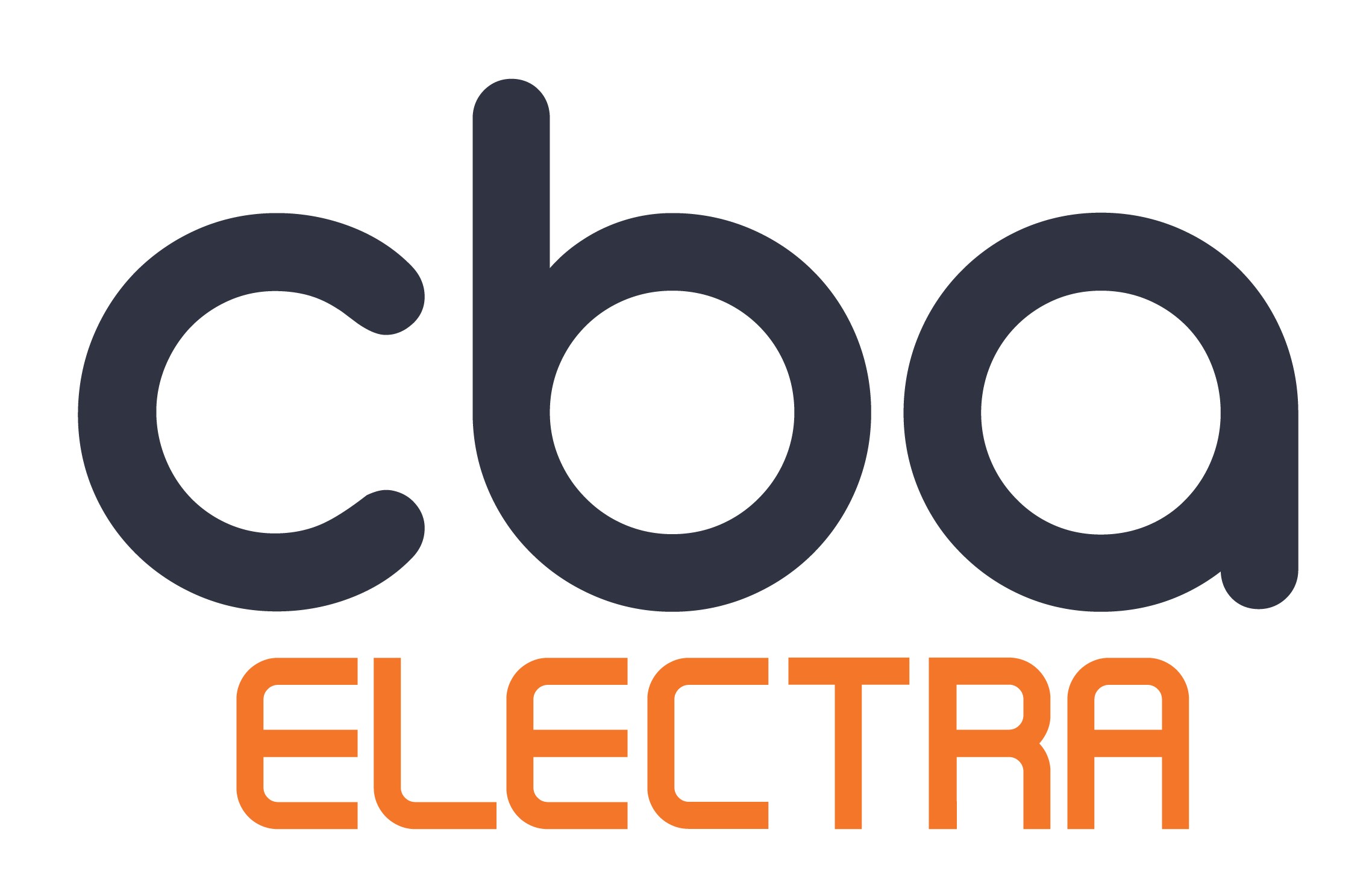RCD TESTING

RCD TESTING SYDNEY
An RCD, known as a Residual Current Device, is an electrical safety device that plays a crucial role in protecting against electric shocks and fire hazards. It continuously monitors the flow of electric current within a circuit and rapidly shuts off the power supply if it detects any imbalance between the outgoing and returning currents. By swiftly interrupting the power, RCDs help prevent potentially dangerous situations and enhance electrical safety in various settings, including residential, commercial, and industrial environments.
There are several types of RCDs available, each designed for specific applications and electrical systems. The common types of RCDs include:
- Fixed RCDs: These are permanently installed RCDs and provide protection to a specific circuit or group of circuits in a building. They are typically found in distribution boards or switchboards.
- Portable RCDs: Also known as plug-in RCDs or portable safety switches, these devices can be easily plugged into a standard power outlet. They are commonly used with portable electrical equipment, extension cords, and power tools to provide portable protection.
- Socket Outlet RCDs: These RCDs are integrated into power outlets and provide protection for specific socket outlets. They are commonly used in areas where additional protection is required, such as outdoor sockets or in wet environments.
Testing Process:
Testing an RCD (Residual Current Device) involves the following steps:
- Visual Inspection: Inspect the RCD for any visible signs of damage, such as cracks, loose connections, or worn-out parts. Ensure that the device is properly installed and the cover is intact.
- Push-Button Test: Most RCDs have a built-in test button. Press the test button to simulate a fault and ensure that the RCD trips and cuts off the power supply. This test verifies the functionality of the device.
- Trip Time Testing: This test measures the time it takes for the RCD to trip in response to a fault current. Specialized equipment is used to introduce a calibrated fault current and measure the RCD’s response time. The trip time should be within the specified limits according to the relevant standards.
| RCD Type | Test Current | Test Current |
|---|---|---|
| a.c mA | ms | |
| Type I | 10 | 40 |
| Type II | 30 | 300 |
Do you Need Help
With Electrical
Maintenance?
Our electrical repair and service options are proudly offered to clients. Give us a call today to schedule a free service estimate!
